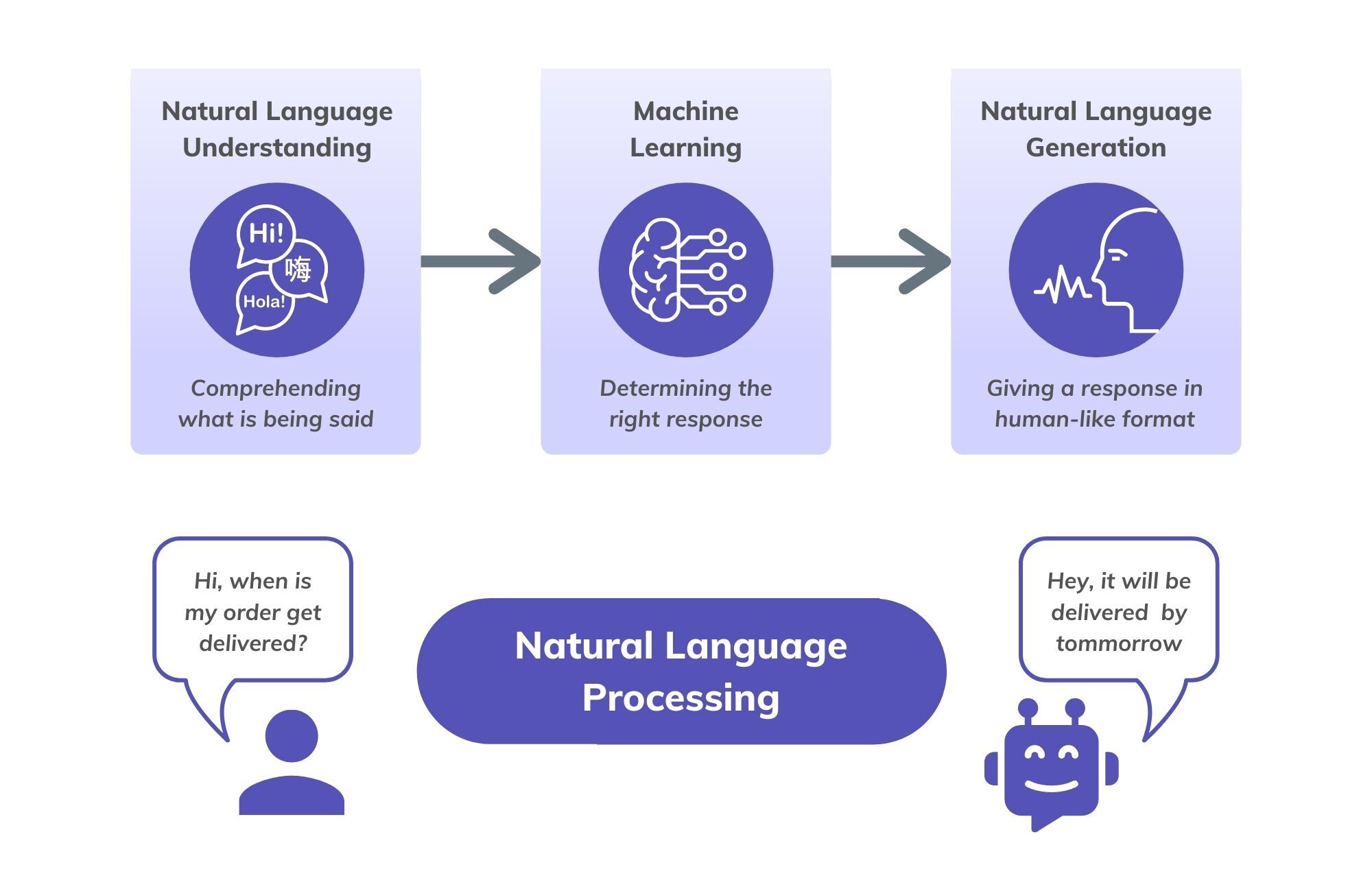

The ability to convey emotion is what makes us human. We sound uncertain when we don’t know the answer to something, and perhaps cheerful when we finally discover the answer. We tend to sound empathetic when apologizing to one another. Expressive Emma voice with cheerful styleĪs humans, we convey emotion in the words we speak, whether we realize it or not.Expressive Emma voice with uncertain style.Expressive Emma voice with empathetic style.Have a listen to the expressive voice samples below:

It’s a win-win for customers and businesses.īest suited for the customer care domain, the voices will have a conversational style enabled by default however, the voices also support a neutral style which may be optimal for other use cases (newscasting, e-learning, audio books, etc.). Not only do these voices relieve the customer frustration of feeling like they’re talking to a bot, but they also contribute to the goal of call deflection from human agents. These highly natural voices have conversational capabilities like expressive styles, emotions, word emphasis and interjections. With IBM Watson’s newest technology of expressive voices, you will no longer feel like you’re talking to a typical robot you’ll feel like you’re talking to a live human agent without any of the wait time. Luckily, there is a way to fix that problem and make the customer experience more pleasant. Customers feel they’re not being heard or listened to, so they just want to speak with a human agent. That’s the problem with many IVR solutions today. You’re two seconds away from either hanging up, screaming “representative” into the phone, or pounding on the zero button until you reach a human agent. The voice on the other end of the phone is taking painfully long to read you the menu options. Nothing is more frustrating than calling a customer support line to be greeted by a monotone, robotic, automated voice.


 0 kommentar(er)
0 kommentar(er)
